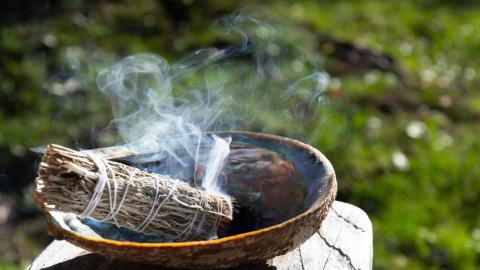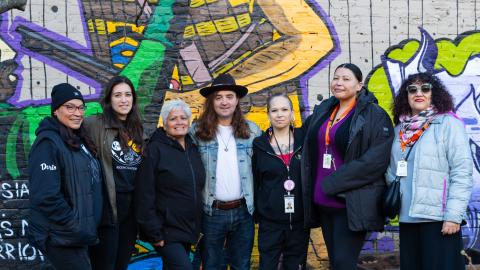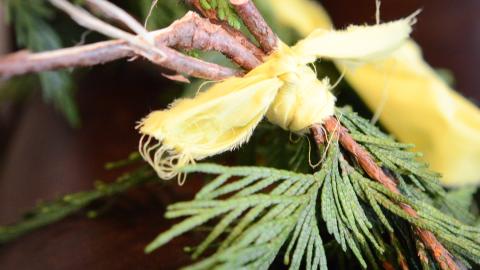Raising Wellness Documentary
Indigenous Health has created a documentary in partnership with Base 2 Media called Raising Wellness about the raising of the three traditional house posts at VGH.
It tells the story of the three carvers, and the process and stories of the posts they are carving. Raising Wellness is a story about using Indigenous art, design and story to embed meaning and Indigenous ways into the space at VGH.

Traditional House Posts
House posts (or Kaken in Squamish language) are typically part of the interior structure of longhouses in Coast Salish communities, used to support crossbeams. Most often carved from red or yellow cedar, house posts feature crest figures – many of which represent supernatural beings or ancestors who encountered supernatural beings – from whom hereditary rights and privileges were obtained.
Squamish Nation house post concept
by carver Xwalacktun
Together these images tell the well-known story of Xwech'taal which is an ancient and powerful piece about overcoming life's great challenges and of healing. The pole depicts overcoming things that challenge us whether it be ailments of the mental, physical, spiritual or emotional dimension. The Xwech'taal story is about a Squamish hero who slayed a serpent and once it was slayed he earned the ability to heal others.
Musqueam Nation house post concept
by carver Brent Sparrow
The qeqen (housepost) presents an eagle at the top symbolizing our ancestors and loved ones as guardians watching over patients while providing them comfort and protection through recovery. The female figure poses in honour with her arms slightly extended offering guidance, warmth and strength while greeting passing staff and patients as well as welcoming friends, family and visitors to this facility. The face on the back with the blanket design symbolizes the staff, patients, friends and family that spend time in the hospital. The blanket covering them is for warmth, strength and protection. The base displays many types of medicines used by our ancestors.
Tsleil-Waututh Nation house post concept
by carver Skokaylem George
This Salish House Post titled, Qut'same, honours the legacy of late Leonard George. The father of Skokaylem, Leonard had a deep passion for Indigenous health and endeavoured to bridge the gap between his people and the health care system. He tirelessly endeavoured “to understand one another so our people can feel safe and treated just the same as every human being." The design shows Qut'same standing in a Salish woven basket, holding a salmon and sharing it as a gift to welcome people to the territory where Vancouver General Hospital is located.








